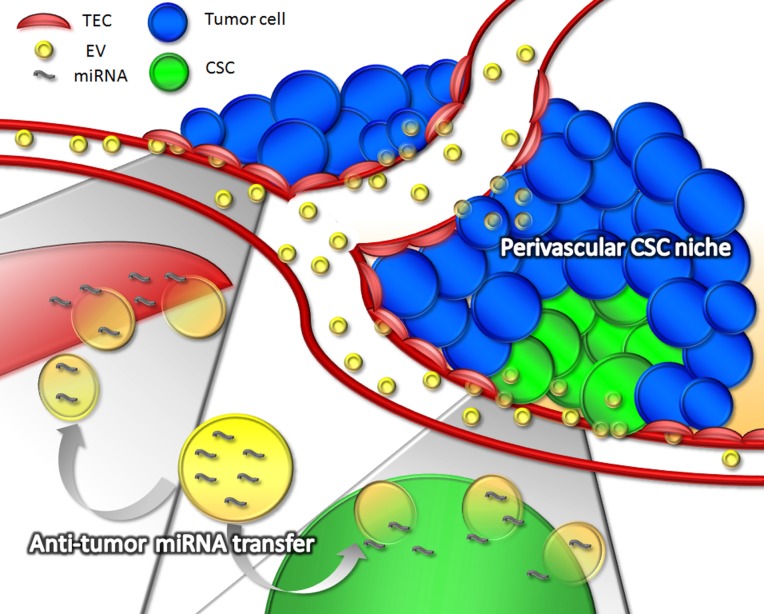Figure 1. Anti-tumor effect of stem cell-derived Evs.
Stem cell-derived EVs could act in different steps of tumor progression, by targeting tumor endothelial cells, cancer stem cells and differentiated tumor cells. The direct transfer of specific anti-angiogenic miRNAs, (such as miR-181b, miR-320c, miR-874, miR-16 and miR-146), by stem cell-derived EVs to endothelial cells may result in reduced tumor vascularization. Due to the aberrant vascularization of tumors, and to the presence of fenestrations in the endothelium, EVs could efficiently reach both tumor epithelial cells and cancer stem cells in their perivascular niche, where the transfer of other anti-tumor miRNAs, such as miR-451, miR-31, and miR-223, may affect specific pathways responsible for tumor growth and survival.

